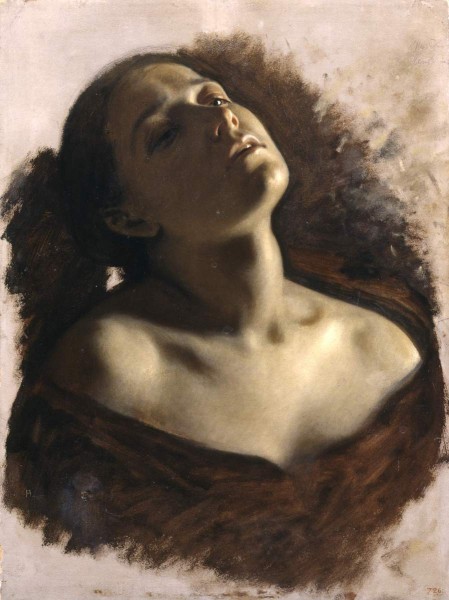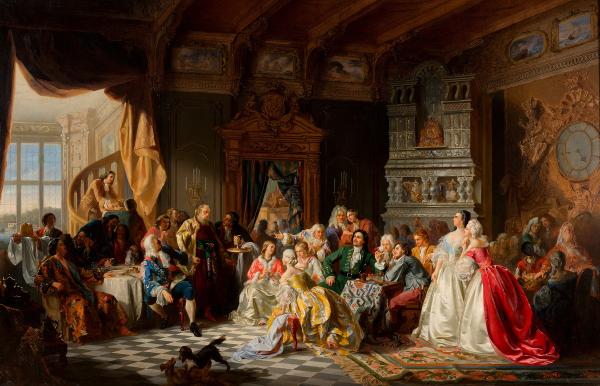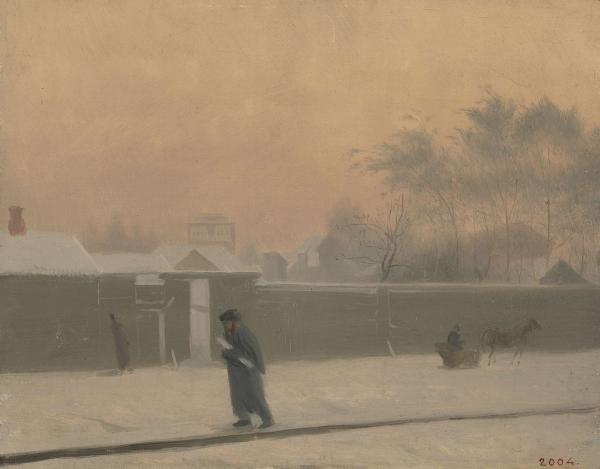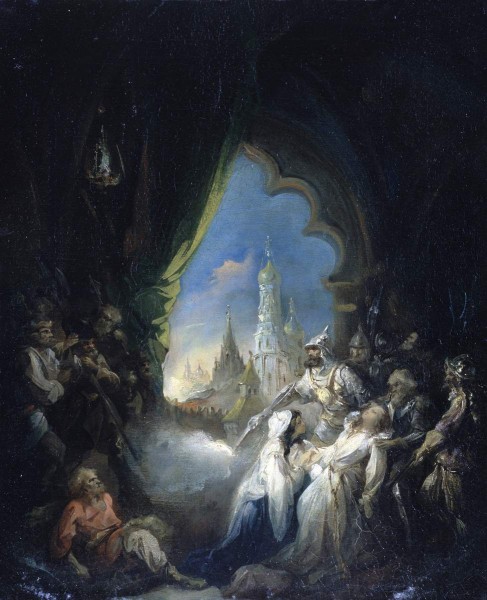The artist is Flavic

Princess Tarakanova
Under the name “Princess Tarakanova”, two different figures were hidden. The first is the daughter of Empress Elizabeth Petrovna and Alexei Razumovsky. In 1785, by order of Catherine II, she was brought to the Moscow Ivanovo Monastery (Kitay-Gorod), where she was tonsured in a nun under the name of Dosifa and lived until her death (1810). Almost nothing is known about the life of the second “Princess Tarakanova” until 1772: neither its present name, nor origin or religion. In 1772, she announced her right to the throne. Catherine II ordered Count Alexei Orlov to bring an impostor to St. Petersburg. The count, having played passionate love, promised the princess to marry and help to ascend to the Russian throne. During the parking in Livorno (Italy), he entrusted her with deceit on the admiral ship, which brought Tarakanov to Russia. Injected in the Alekseevsky Ravelin of the Peter and Paul Fortress, she died of consumption in 1775, without naming her real name. (O. With.)
A lot of myths and legends are associated with the name of Princess Tarakanova, far from historical reality. She became the heroine of the heartbreaking novels, stories, plays (g. P. Danilevsky, p. And. Melnikov-Pechersky), and in the twentieth century and movies (“Tsarist hunt”). One of such myths, according to which Tarakanova died during the flood, trusted in. D. Flavic. However, the natural disaster depicted by the artist happened in 1777 – two years after the death of impostor. Many modern historians, like pre -revolutionary, claim that Princess Tarakanova was a foreign adventurer who had no blood ties with the royal family.
“Princess Tarakanova” – the first historical canvas in the collection of p. M. Tretyakov. He wrote about the picture that this is a “work that makes the honor of a Russian school”. In 1867, Princess Tarakanova was exhibited at the World Exhibition in Paris, in the catalog of which, by order of Emperor Alexander II, a postscript was made: “The plot of the picture was borrowed from a novel that has no historical truth”. (T. YU.)
Electronic catalog “Heroes and villains of Russian history”. SPb, 2010. With. 221.


